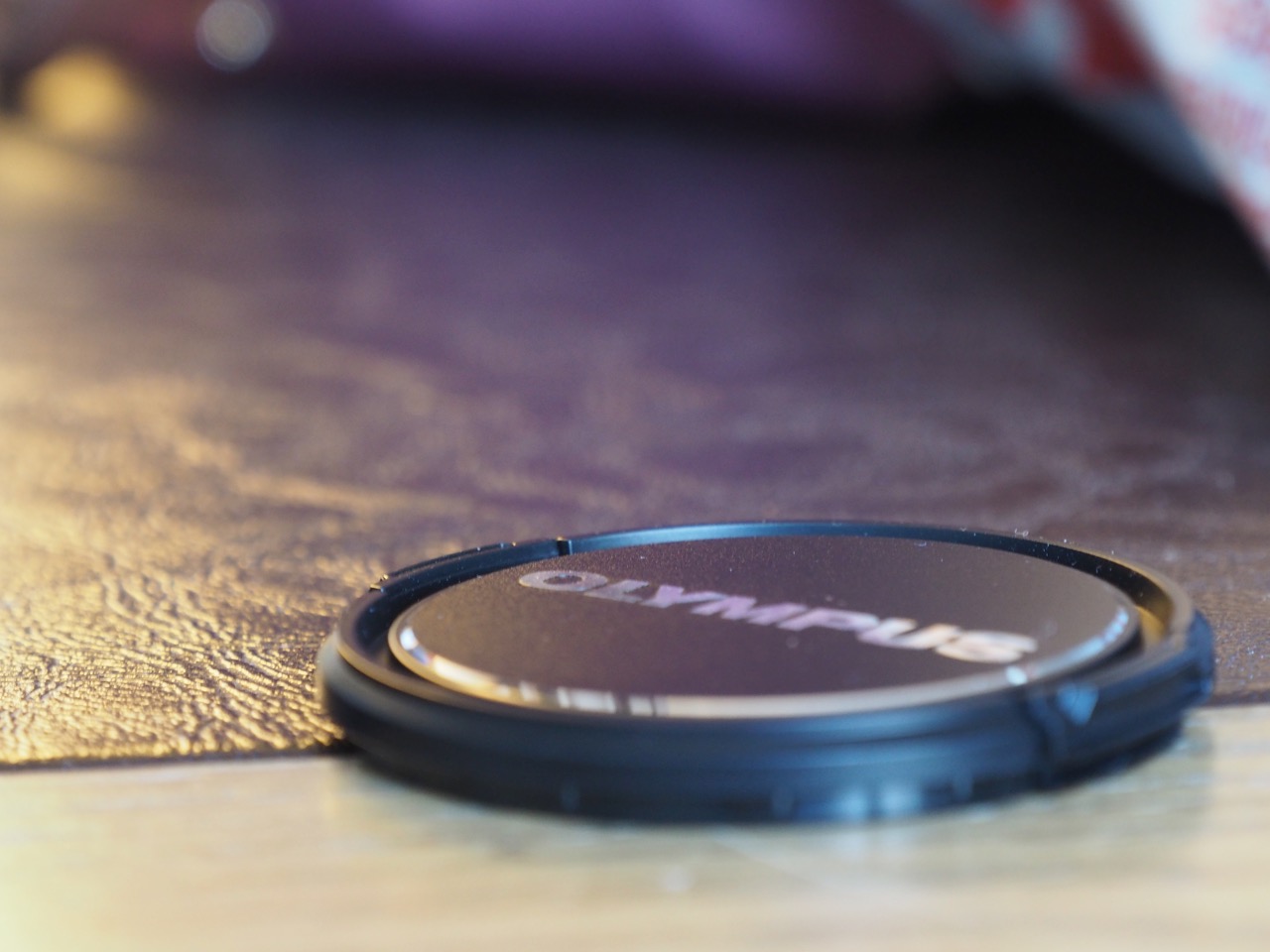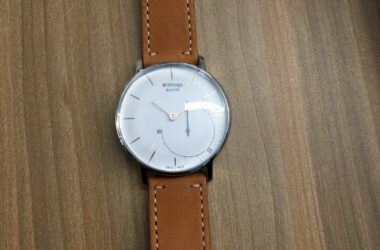Parenting catalyzes photography.
I had dabbled with point-and-shoot cameras in the past, but those devices offered little once smartphone cameras took good enough pictures for most. When the kids came along, the cliche that the best camera is the one you carry is doubly true when parents have take baby gear into consideration. Phones have cornered the market for quick snaps and cute toddler videos.
That said, I recently bought an Olympus micro-4/3rds camera, the Olympus OM-D E-M5 Mark II1. It’s a camera that fits comfortably in the middle—both in physical stature and in picture-taking ability—between phone cameras and full-sized DSLRs. I got it as a replacement to an older micro-4/3rds camera, the classic Panasonic GF-1.
A quick primer on digital photography. I’d argue that what ultimately matters (beyond the aforementioned idea that just having a camera is a great start) is image quality. We’ve finally moved beyond using megapixels as shorthand for better pictures, and now agree that there’s multiple factors that determine how a photo turns out. One of the more important aspects turns out to be the size and sensitivity of the image sensor; the sheer size of professional cameras is in large part due to the larger physical sensors, and the primary reason why phone cameras will be continually constrained, due to the phone’s own diminutive size.
On the high end, professional photographers carry around cameras with full frame sensors, which are meant to replicate 35mm film in size. With smartphones, there isn’t a standard size, but even the best cameras there aren’t much more than 1/6th in width and height, or 36x smaller in surface area. By comparison, micro-4/3rds is about half in both dimensions, for “only” a 4x reduction in sensor size.
This is the primary reason why as smartphones continue to improve their cameras year after year, they can’t really approach the same level of image quality as dedicated cameras2. When Apple has to resort to using software to fake shallow depth-of-field effects, it’s because they’re constrained by physics. And despite having the additional information from multiple cameras3, the blur effect ends up looking fake and pales in comparison to real optics.
So there are real limitations on what smartphones can accomplish from an optics standpoint. What about cameras themselves on the other end?
The puzzling part to me is that camera manufacturers ought to be able to replicate parts of the smartphone that make it such a compelling camera. That is, a big part of smartphone photography is beyond the camera app: social sharing and playback are the most common uses for taken pictures! On this front, cameras feel like they’re stuck in the early parts of the 21st century; these expensive, dedicated cameras don’t see their primary job as anything more than offloading their precious cargo onto another personal device.
As to my camera, while the camera advertises Wi-Fi, it doesn’t do what you think it should do in connecting to a wireless network to wirelessly transfer photos to a laptop or phone. Rather, the camera becomes a Wi-Fi hotspot itself, and relies on a phone to connect itself to the hotspot to download images via an app. To do the former, Olympus sells a $80 accessory that transfers resized images over bluetooth, to unsurprisingly middling results.
That’s where we currently stand in the world of digital photography. On one end is smartphones, getting incrementally better with every model update but severely limited by optics. On the other end, dedicated cameras take amazing pictures, but can’t be bothered to replicate the sharing features of apps and websites.
I guess this means I’m stuck lugging around two cameras for the kids.
I’ve never understood why camera manufacturers insist on the most arcane strings of model numbers.↩
Not to mention the lenses that professional cameras have to control focus and field of view parameters.↩
A startup is taking the idea of using data from multiple cameras at different focal lengths and running the hell with it.↩




